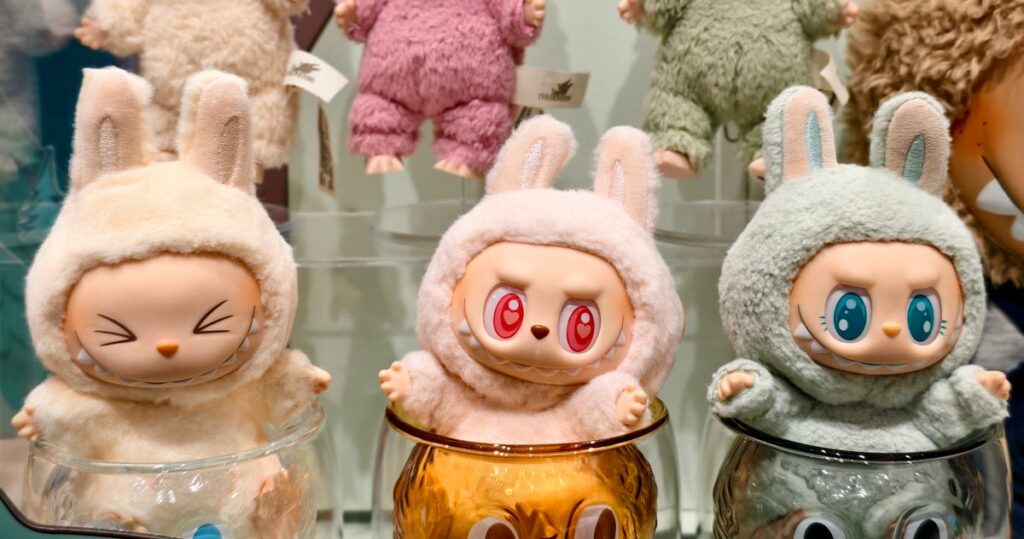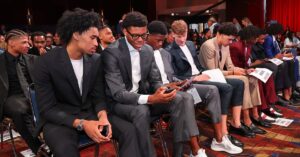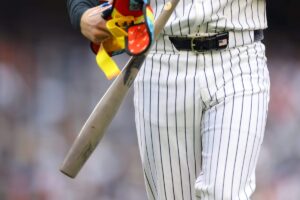
Labubu, a curious and charming plush toy, has taken the world by storm, becoming a staple accessory for fashionistas and celebrities alike. These furry bag charms, roughly the size of tennis balls, have become ubiquitous, appearing on designer bags at Paris Fashion Week and in the hands of A-list celebrities like Dua Lipa, Cher, and Rihanna.
The phenomenon began modestly, with Labubu first spotted among middle-schoolers and young adults. However, the toy’s popularity soared when Blackpink’s Lisa was seen with one in 2024, catapulting Labubu into the limelight. Now, they are a must-have item, embraced by both genders and loved by athletes such as Dillon Brooks and David Beckham.
The Origins of Labubu
Labubu is the brainchild of Kasing Lung, a Hong Kong-born, Netherlands-raised artist, who introduced the character as part of his “The Monsters” series back in 2015. The plush toy, described as an “evil toddler in a bunny suit,” combines elements of Nordic folklore with the whimsical style of Maurice Sendak’s Where the Wild Things Are.
Despite its mischievous appearance, Labubu is portrayed as a friendly, playful monster-elf who celebrates Christmas, suggesting a Christian identity. The character’s gender identity is fluid; while official materials refer to Labubu as female, interviews have used male pronouns, positioning Labubu as a nonbinary icon.
Labubu’s Cultural Impact
The rise of Labubu has not been without controversy. The toy has sparked debates online, with some labeling it a recession indicator due to its high price point. Reports of Labubu-related crimes, such as thefts and brawls, have also emerged, highlighting the toy’s contentious status.
Nevertheless, Labubu’s influence continues to grow. The toy is officially sold by Pop Mart, a Chinese collectibles retailer with a significant global presence. Pop Mart’s success with Labubu has propelled its founder, Wang Ning, into the ranks of China’s wealthiest billionaires.
Collecting Labubu
Labubu is primarily sold as a blind box item, meaning buyers do not know which version they will receive. This has fueled a secondary market where fans pay premium prices to acquire specific models. The toy’s popularity has even inspired a range of accessories, from knit clothes to mini popcorn buckets, further cementing its status as a collectible phenomenon.
The Future of Labubu
As Labubu celebrates its tenth anniversary, creator Kasing Lung is working on a new picture book to expand the character’s lore. Meanwhile, other collectible lines such as Twinkle Twinkle and Skull Panda are vying for similar success, but Labubu’s unique charm and cultural resonance make it a tough act to follow.
Disney is also entering the fray, with its own line of plush keychains reminiscent of Labubu. The entertainment giant’s history of creating collectible crazes suggests it may soon challenge Labubu’s dominance.
Labubu’s journey from a niche toy to a global sensation underscores the power of pop culture and the ever-evolving landscape of collectibles. As the toy continues to captivate audiences worldwide, its future remains as bright and unpredictable as its mischievous grin.






